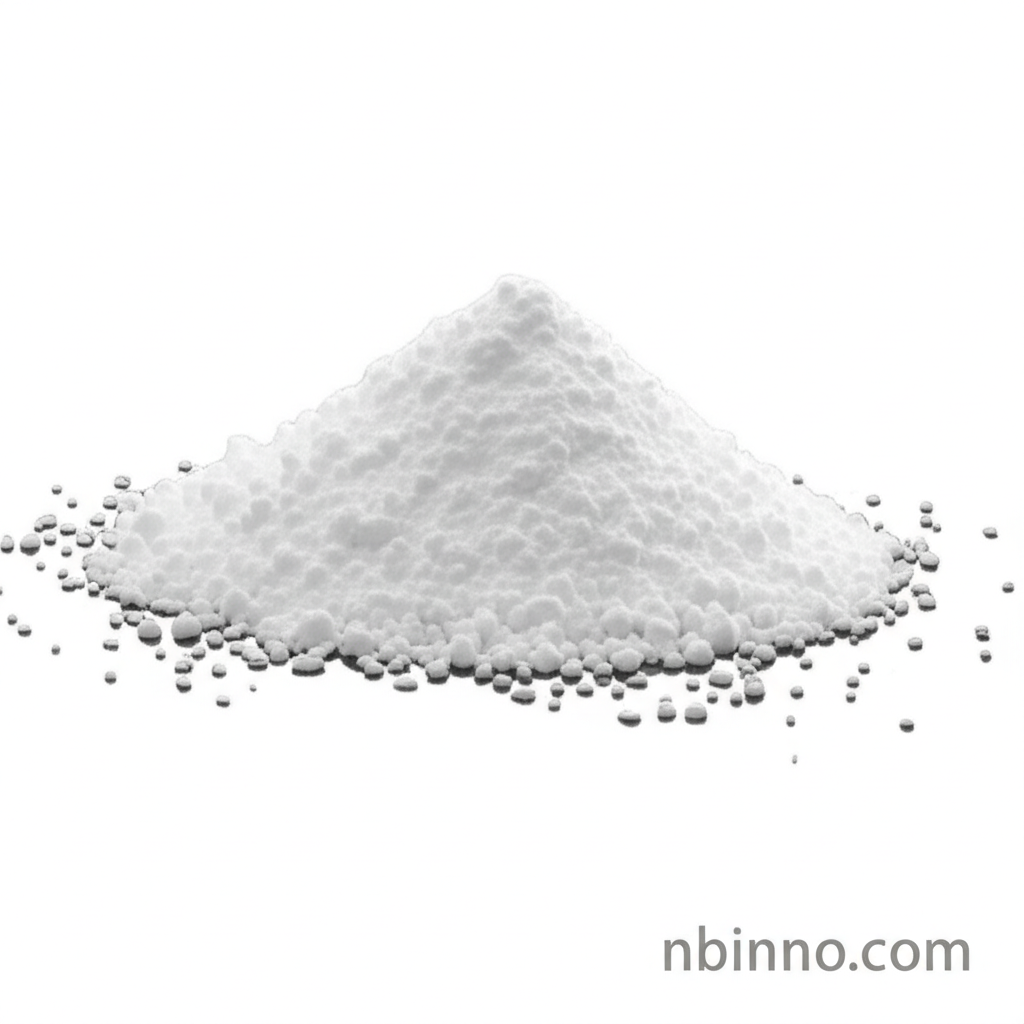4-(Trifluoromethyl)benzonitrile: A Vital Component in Modern Chemical Synthesis
Discover the critical role of this high-purity intermediate in advancing pharmaceutical and chemical innovations.
Get a Quote & SampleProduct Core Value

4-(Trifluoromethyl)benzonitrile
This compound serves as a vital organic synthetic raw material and an essential intermediate for the production of various pharmaceuticals. Its high purity and chemical stability make it an indispensable building block for intricate synthesis pathways.
- As a key intermediate for drugs like ambroxol hydrochloride, its utility in pharmaceutical synthesis is highly valued.
- The high assay, typically ≥99.9%, ensures reliability in demanding chemical processes, making it a sought-after pharmaceutical intermediate.
- Its stable nature and resistance to oxidation allow for its use in complex chemical reactions, supporting advancements in organic synthesis.
- The unique trifluoromethyl group imparts desirable properties, contributing to its role as a versatile building block in chemical research and development.
Key Advantages of 4-(Trifluoromethyl)benzonitrile
Enhanced Reactivity and Stability
The incorporation of the trifluoromethyl group in 4-(trifluoromethyl)benzonitrile provides enhanced stability and specific reactivity patterns, crucial for successful organic synthesis and for achieving high purity.
Versatile Synthetic Applications
Functioning as a versatile building block, this compound is instrumental in creating a wide array of complex organic molecules, underpinning its importance as a chemical intermediate.
Crucial for Drug Development
Its role as an intermediate in the synthesis of active pharmaceutical ingredients highlights its significance in the pharmaceutical industry, supporting the development of novel therapeutics.
Key Applications
Pharmaceutical Synthesis
Utilized as a critical intermediate in the production of various pharmaceutical compounds, contributing to the synthesis of drugs such as ambroxol hydrochloride.
Organic Chemistry
Serves as a foundational organic synthetic raw material, enabling the creation of complex molecular structures through diverse reaction pathways.
Chemical Research & Development
Its unique chemical properties make it a valuable reagent for researchers exploring new chemical entities and developing advanced materials.
Fine Chemical Manufacturing
A key component in the broader fine chemical industry, supporting the synthesis of specialized chemicals with specific functional properties.
